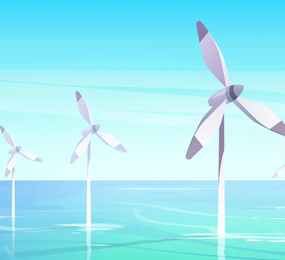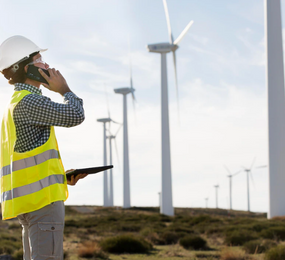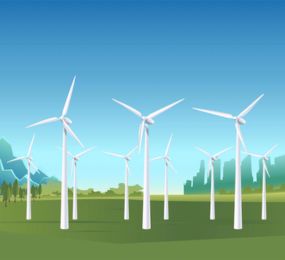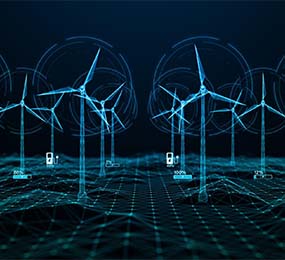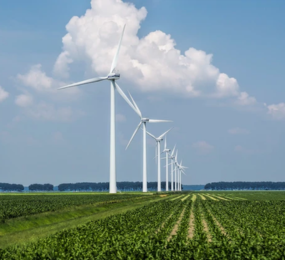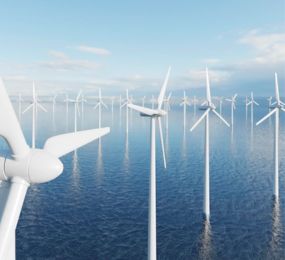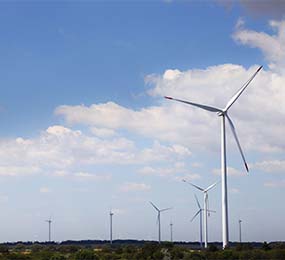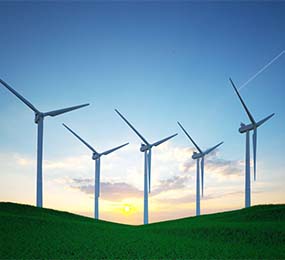Wind power is a clean and renewable energy source that has the potential to reduce our reliance on fossil fuels and combat climate change. However, like any technology, wind power also has some environmental impacts. Here's a look at both the positive and negative effects of wind power on the environment:
Positive Impacts:
- Reduces greenhouse gas emissions: Wind power generates electricity without producing greenhouse gases, which contribute to climate change. According to the Environmental Protection Agency (EPA), wind power avoided 73 million metric tons of carbon dioxide emissions in the United States in 2021. This is equivalent to taking 15 million cars off the road for a year.
- Reduces air pollution: Wind power also helps to reduce air pollution by displacing electricity generation from fossil fuels, which emit harmful pollutants such as nitrogen oxides, sulfur oxides, and particulate matter. These pollutants can cause respiratory problems, heart disease, and cancer.
- Preserves land and water: Wind power requires less land and water than other forms of energy generation, such as coal and nuclear power. This can help to protect valuable ecosystems and conserve water resources.
- Improves soil quality: Wind farms can help to improve soil quality by reducing wind erosion and promoting plant growth.
- Promotes biodiversity: Wind farms can provide habitat for a variety of wildlife, including birds, bats, and small mammals.
Negative Impacts:
- Bird and bat mortality: Wind turbines can kill birds and bats that collide with their blades. The American Bird Conservancy estimates that wind farms in the United States kill up to 700,000 birds each year.
- Habitat loss and fragmentation: Wind farms can fragment and destroy habitat for wildlife, which can lead to population declines.
- Noise pollution: Wind turbines can generate noise, which can be disruptive to nearby residents and wildlife.
- Visual impacts: Wind turbines can have a negative visual impact on the landscape, particularly in scenic areas.
- Land use conflicts: Wind farms can compete with other land uses, such as agriculture and recreation.
- Waste disposal: Wind turbine blades are made of materials that are difficult to recycle, which can create a waste disposal problem.
Overall, the environmental impacts of wind power are positive. Wind power is a clean and renewable energy source that can help to reduce greenhouse gas emissions, air pollution, and land and water use. However, it is important to be aware of the potential negative impacts of wind power and to take steps to mitigate them.
Here are some additional facts about the environmental impacts of wind power:
- The wind industry is working to develop technologies to reduce the impacts of wind turbines on wildlife, such as radar systems that can detect birds and bats and shut down turbines when they are approaching.
- Wind farms can be co-located with other land uses, such as agriculture and wildlife habitat.
- The wind industry is committed to responsible waste management and is developing new technologies to recycle wind turbine blades.
To register or learn more about the Forum please check here: https://bit.ly/3K0rUIz
For more information and group participation, contact us: [email protected]


